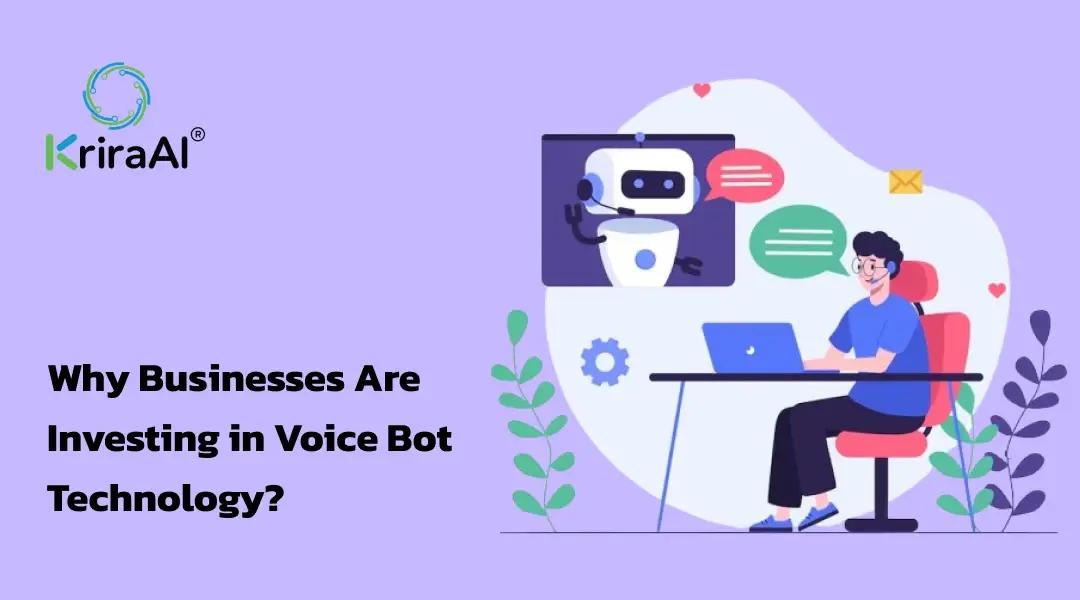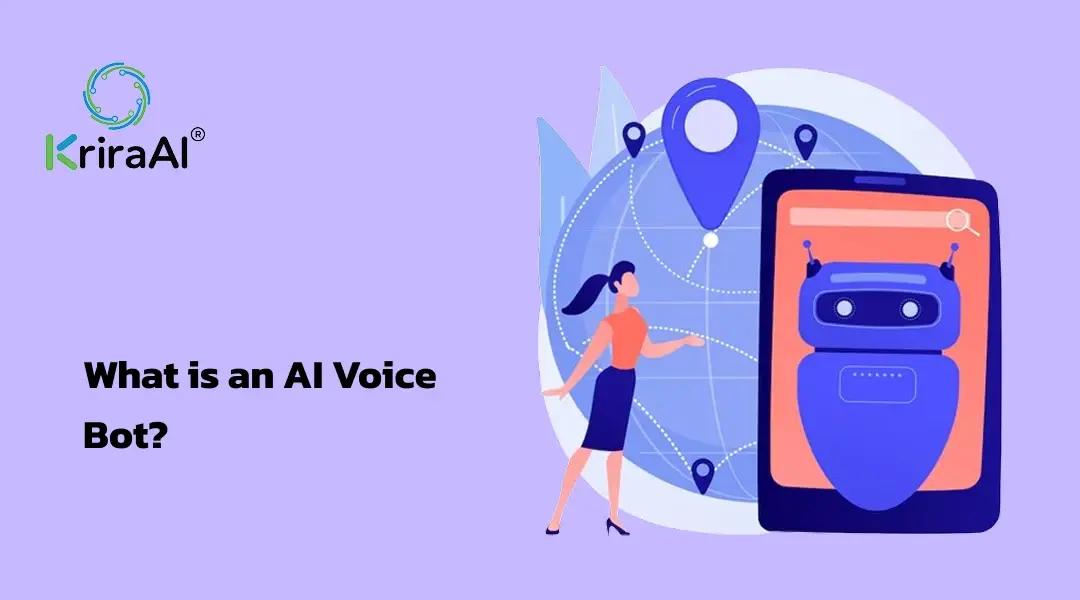Exploring the Future of AI Voice Bot Technology
Let’s be honest. Voice AI used to feel like a party trick. “Hey Siri, tell me a joke.” “Alexa, play Despacito.”
Now? It's serious business.
I'm talking about AI-powered voice bots handling insurance claims, booking doctor appointments, converting leads, and calming down furious customers—without missing a beat.
And in 2025, this shift isn’t theoretical. It’s operational.
Why 2025 is the Tipping Point for Voice Bots
I’ve worked with businesses that spent a fortune on clunky IVR menus—only to piss off their customers and overwork their agents. Fast-forward to 2025, and we’ve got AI voice automation that’s multilingual, emotionally intelligent, and shockingly scalable.
Why now?
NLP models have matured.
AI speech recognition is more accurate than humans in some domains.
Smart IVR systems are learning to adapt instead of just repeat.
Oh, and businesses are finally tired of being stuck in support ticket hell.
The Shift from Chatbots to Voice-First AI
Text bots had their moment. Still useful. But voice is winning where emotion, urgency, and accessibility matter.
You can’t ask a chatbot for roadside assistance while you’re driving. But you can talk to a conversational AI voice bot that books a tow truck in under 90 seconds.
That’s the difference.
What is an AI Voice Bot?
Here’s the non-boring version: An AI voice bot is a software system that listens to your voice, understands what you mean, decides how to respond, and speaks back—in real time.
It's not just reading scripts. It’s thinking. Reacting. Personalizing.
Key Differences from Traditional IVR or Chatbots
IVR menus: Rule-based, robotic, frustrating.
Chatbots: Text-based, decent at FAQ-level tasks.
Voice bots: Fast, adaptive, and emotionally resonant—especially when built with natural language processing in voice bots.
How AI Voice Bots Work: A Behind-the-Scenes Look
Okay, techies—this one's for you.
ASR (Automatic Speech Recognition): Converts your voice into text.
NLP (Natural Language Processing): Understands the meaning behind that text.
TTS (Text to Speech): Converts the bot’s reply into a human-like voice.
ML (Machine Learning): Continuously learns from each interaction to improve responses.
Together, they enable AI-powered voice bots that feel less like machines and more like... well, someone who knows what you need before you finish your sentence.
Why Are Businesses Investing in Voice Bot Technology?

Because waiting on hold sucks.
Because AI voice bots don’t take coffee breaks. Because you can’t scale your support team without eventually breaking your budget.
Here’s what I’ve seen from our clients:
AI call center automation cuts response times by 70%.
Voice-enabled customer support boosts CSAT scores (yep, even in insurance).
Voice AI for business lets teams reallocate human agents to real edge cases.
Oh—and these bots work 24/7 in any language.
Welcome to the era of multilingual AI voice bots.
AI Voice Bots in Action: Industry Use Cases
Let’s get specific.
Retail & eCommerce
Handle returns, shipping queries, and delivery updates without human involvement.
Personalize product recommendations via personalized voice AI agents.
Healthcare
Schedule appointments, manage prescriptions, deliver post-op instructions.
Compliant, friendly, and always available.
Banking & Finance
Verify users securely.
Automate balance checks, fraud alerts, and transaction disputes.
Logistics & Travel
Rebook flights in seconds.
Offer multilingual travel assistance through scalable AI communication tools.
Voice Bot Trends to Watch in 2025 & Beyond
The future isn’t static. It’s accelerating. Here’s what’s hot right now:
Multilingual support: Not just translation. Cultural nuance, tone, dialect recognition.
Emotionally aware voice agents: Detect stress, urgency, happiness—and respond accordingly.
Voice AI + RPA integration: Voice bots triggering backend workflows autonomously.
Smart voice analytics and personalization: Bots that learn what your customers need over time and proactively assist.
Challenges and Ethical Considerations
Let’s not pretend this is all roses.
Voice data privacy: Recording voices = collecting sensitive data. You need strong encryption and consent protocols.
Handling complex queries: Not every problem has a script. Context matters.
Human-like interaction vs. manipulation: Where’s the line between helpful and creepy?
At KriraAI, we bake ethical design and human override systems into every deployment. Trust isn’t optional. It’s engineered.
The Future of AI Voice Bot Technology

Picture this:
A predictive voice bot that calls you before you ask for support.
A smart assistant that syncs with your calendar, CRM, and operations dashboard.
Human-agent hybrid systems where AI handles the flow, and humans only jump in when necessary.
We're not replacing people. We're evolving the way people and machines collaborate.
Conclusion
If you’re still thinking “voice AI might be useful someday,” I’ve got news for you: Someday is now.
The future of AI voice bots isn’t about novelty. It’s about necessity. It’s about smarter businesses, happier customers, and leaner teams that don’t sacrifice service quality.
And yes, it’s about choosing the best AI voice agent company to make that future real.
Let’s talk if you're ready to build something that actually works—in any language, on any channel, right now.
FAQs
Voice bots use speech recognition and synthesis, allowing users to talk instead of type. Chatbots only handle text.
Yes. Modern voice bots support dozens of languages and accents using NLP and speech models.
Absolutely. They’re faster, smarter, and don’t require users to “press 3 for support.”
Retail, healthcare, finance, logistics, and travel are leading adoption.
Yes—if built right. With proper data encryption and compliance protocols, they’re enterprise-grade secure.

CEO
